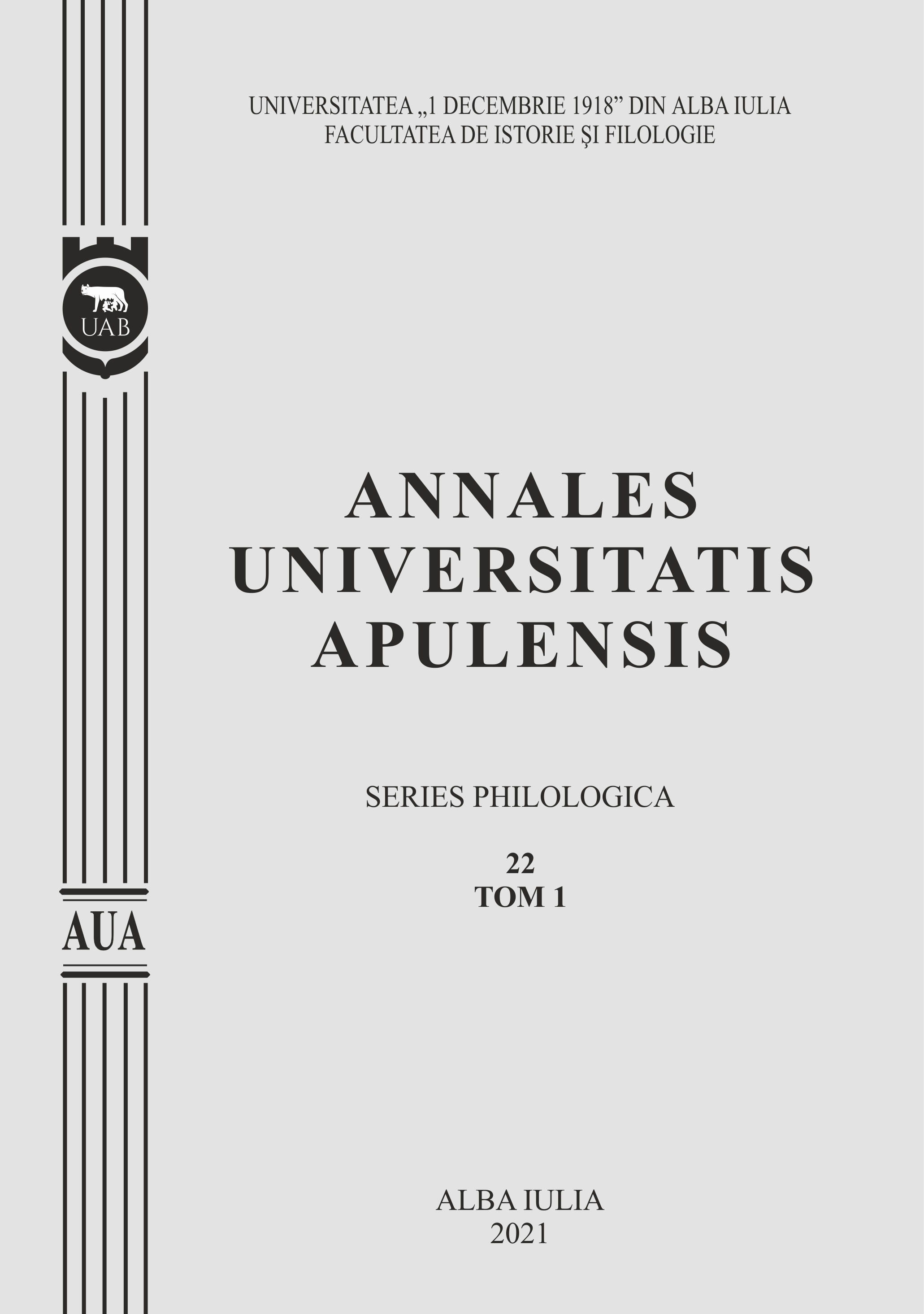ENJEUX DE LA TRADUCTION DE L’AUDIO-VISUEL: LE SOUS-TITRAGE
Issues of Translation Regarding the Audio-visual: Aspects of Subtitling
Author(s): Ioana BudSubject(s): Language and Literature Studies, Translation Studies
Published by: Universitatea »1 Decembrie 1918« Alba Iulia
Keywords: sous-titrage; traduction; interprétation; techniques; procédés de traduction;
Summary/Abstract: Created at the beginning of cinematography in order to “summarize” the most important dialogues between characters, the subtitling as written translation for the audiovisual, guarantees 90% of pure information on the screen for the foreign audience nowadays. Subject to many spatial and temporal limitations, but at the same time, having the freedom of interpretation and message adaptation that other fields of translation do not possess, the translation of subtitling turns out to be a real challenge for every translator. The aim of this article is to demonstrate that the translation of subtitling exploits specific approaches to literary and specialized translations. First, we are going to examine the reports between subtitling and translation. Then, we will review the different techniques of translation, and finally, we will also attempt to treat the semiotic aspects of the movie image which superimposes itself on the aspects of language. The paralanguage going beyond the pronounced words, the facial expressions, the mimicry and the body movements reinforce the conveyed message through the speaker and give communication its charm. Given the fact that subtitling is situated at the intersection of linguistic, aesthetic and iconic fields, we also attempt to insist on the semiotic aspects of the movie message. The dialogues in movies are a very specific type of orality as well, because these are dialogues which were “written in order to be spoken as if they had not been written” (Gregory & Carroll, 1978:47). Although these dialogues do not represent authentic and spontaneous orality, in the context of movie fiction, these constitute the real discourses in interaction, articulated in all its components: the verbal, the prosody, the mimicry, etc. Our analysis will be based on the following movies: Bad Seeds and Madagascar 2, or Madagascar: Escape 2, released in 2008. Thus, through the qualitative approach, our aim would be to verify if some proper traits of the familiar language keep their illocutionary force and their original discursive function in the translated dialogues.
Journal: Annales Universitatis Apulensis. Series Philologica
- Issue Year: 22/2021
- Issue No: 1
- Page Range: 405-420
- Page Count: 16
- Language: French

